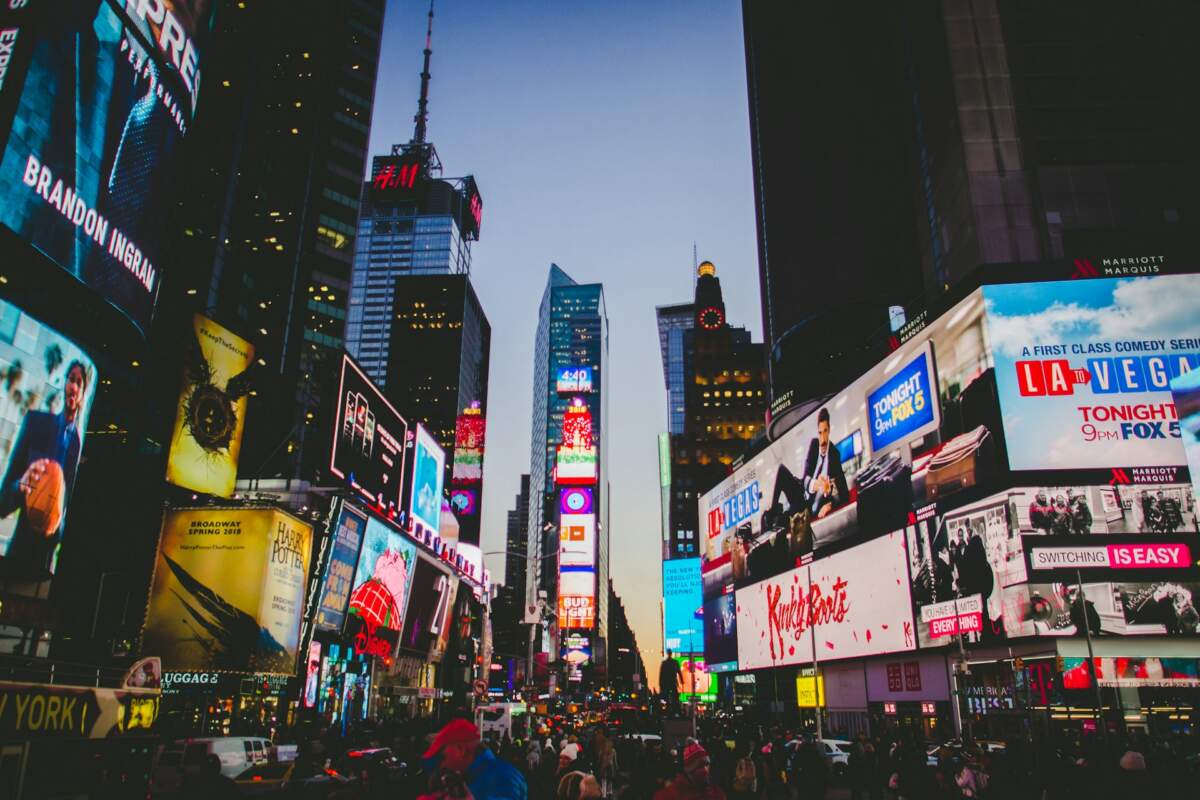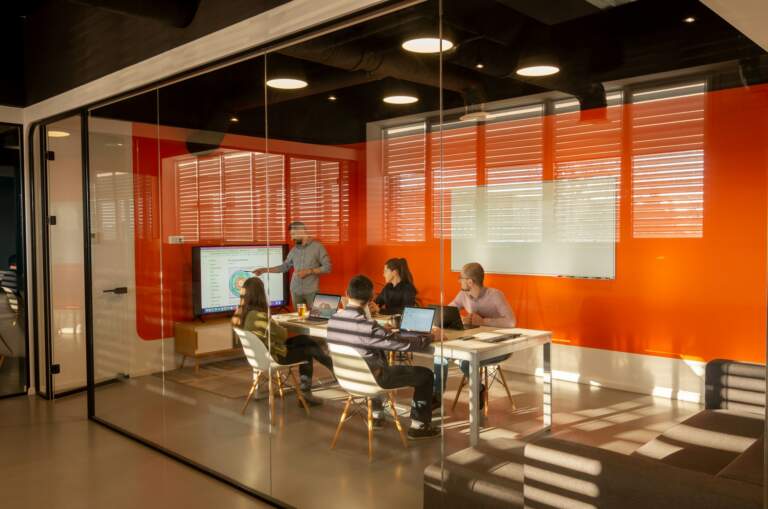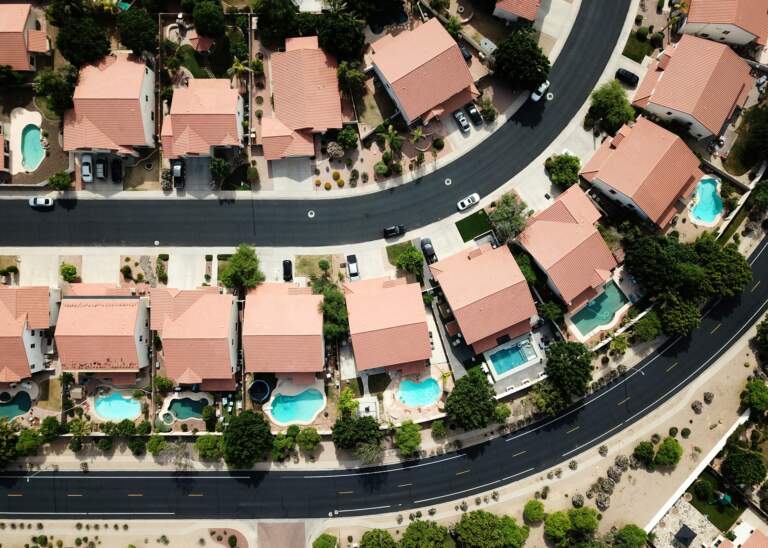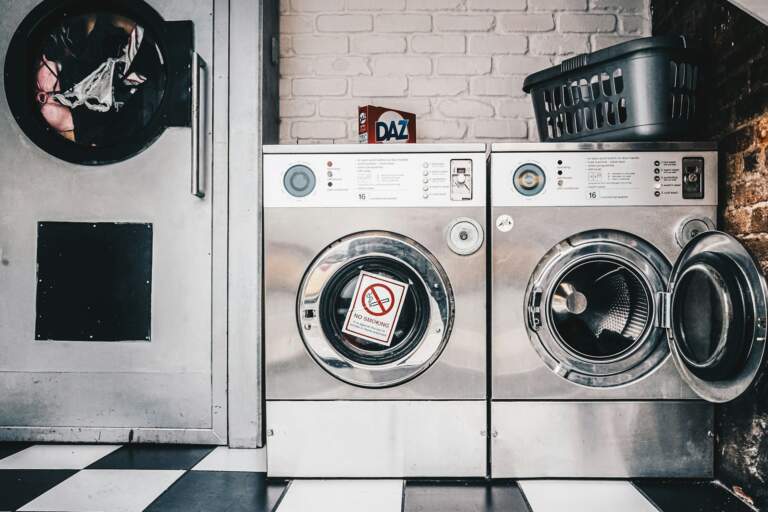LED screens have become essential components in modern business environments, from retail displays to corporate presentations. However, even the most reliable LED technology can experience issues that disrupt operations and impact your bottom line.
Understanding these common problems—and knowing when to seek professional help—can save you time, money, and frustration.
This comprehensive guide explores the most frequent LED screen issues that require professional attention.
Whether you’re dealing with flickering displays, color distortion, or complete screen failure, recognizing these problems early can prevent minor issues from becoming major headaches.
Dead Pixels: The Small Problem with Big Impact
Dead pixels represent one of the most noticeable display problems affecting LED screens. These tiny black spots appear when individual LED modules stop functioning, creating permanent dark areas on your display.
Identifying Dead Pixel Issues
Dead pixels typically manifest as small, consistently dark spots that remain unchanged regardless of the content displayed. Unlike stuck pixels, which might show a single color, dead pixels appear completely black because they receive no power.
Several factors contribute to dead pixel formation:
- Manufacturing defects in LED modules
- Physical damage from impacts or pressure
- Electrical surges or power fluctuations
- Normal wear and tear over extended use periods
When Professional Repair Becomes Necessary
While isolated dead pixels might seem minor, they can indicate underlying issues with your LED screen’s circuitry.
Professional LED screen repair services can diagnose whether dead pixels result from individual module failures or broader electrical problems. Attempting DIY fixes often worsens the situation, potentially damaging surrounding pixels or internal components.
Professional technicians possess specialized tools and replacement parts to address dead pixel issues without compromising your display’s overall integrity.
Color Distortion: When Your Display Loses Its True Colors
Color accuracy problems can significantly impact your LED screen’s effectiveness, especially in professional environments where precise color representation matters.
Understanding Color Distortion Symptoms
Color distortion manifests in various ways across LED displays:
- Sections showing incorrect colors or tints
- Gradual color shifts across the screen surface
- Inconsistent brightness levels between different screen areas
- Complete color channels failing to display properly
Root Causes of Color Problems
Several technical issues can cause color distortion in LED screens:
Driver Circuit Malfunctions: LED displays rely on driver circuits to control color output. When these circuits fail, specific colors may appear oversaturated, undersaturated, or completely absent.
Aging LED Components: Over time, individual LED elements can degrade at different rates, causing color inconsistencies across the display surface.
Temperature-Related Issues: Excessive heat can affect LED performance, leading to color shifts or reduced brightness in certain screen areas.
Power Supply Problems: Insufficient or unstable power delivery can cause color distortion, particularly in larger LED installations.
Professional Troubleshooting Approaches
725Co. LED Repair Professionals utilize advanced diagnostic equipment to identify color distortion causes.
Their systematic approach includes testing individual LED modules, examining driver circuits, and analyzing power distribution systems to restore proper color accuracy.
Flickering Displays: When Consistency Becomes a Problem
Screen flickering creates an unprofessional appearance and can cause eye strain for viewers. This issue requires immediate attention to prevent further damage to your LED display system.
Recognizing Flickering Patterns
LED screen flickering can occur in several distinct patterns:
- Consistent flickering across the entire display
- Intermittent flickering in specific screen sections
- Rapid strobing effects during content transitions
- Gradual dimming followed by sudden brightness increases
Technical Causes Behind Flickering
Multiple factors can contribute to LED screen flickering:
Power Supply Instability: Fluctuating power delivery creates inconsistent LED performance, resulting in visible flickering effects.
Connection Issues: Loose or corroded connections between LED modules and control systems can cause intermittent flickering.
Driver Board Failures: Malfunctioning driver boards struggle to maintain consistent power delivery to LED elements.
Environmental Factors: Temperature extremes, humidity, and vibrations can affect LED screen stability.
Professional Resolution Strategies
Effective flickering resolution requires systematic diagnosis to identify underlying causes. Professional technicians examine power systems, connection integrity, and environmental factors to implement lasting solutions.
Brightness Irregularities: When Your Display Lacks Uniformity
Consistent brightness across your LED screen ensures professional presentation quality and viewer comfort. Brightness irregularities can significantly impact display effectiveness.
Identifying Brightness Problems
Brightness issues typically appear as:
- Noticeable bright or dim spots across the display
- Gradual brightness variations from one screen area to another
- Sudden brightness changes during operation
- Overall dimming that affects the entire screen
Understanding Brightness Control Systems
LED displays use sophisticated brightness control systems that regulate power delivery to individual modules. These systems maintain consistent illumination across the entire screen surface.
Automatic Brightness Adjustment: Many LED screens feature ambient light sensors that automatically adjust brightness based on surrounding lighting conditions.
Manual Brightness Controls: Professional LED displays often include manual brightness controls for fine-tuning display appearance.
Module-Level Brightness Management: Advanced LED systems can control brightness at the individual module level, ensuring uniform appearance across large displays.
Professional Brightness Calibration
Professional LED screen repair services utilize specialized calibration equipment to restore proper brightness uniformity. This process involves testing individual LED modules, adjusting driver settings, and replacing faulty components as needed.
Physical Damage: When Accidents Happen
Physical damage to LED screens can range from minor scratches to complete panel destruction. Understanding damage types helps determine appropriate repair approaches.
Common Physical Damage Types
LED screens can sustain various forms of physical damage:
Impact Damage: Direct impacts from objects can crack LED panels, damage individual modules, or affect internal components.
Pressure Damage: Excessive pressure on LED surfaces can cause permanent deformation or module failures.
Environmental Damage: Exposure to moisture, dust, or extreme temperatures can compromise LED screen integrity.
Mounting Hardware Issues: Faulty mounting systems can cause stress fractures or alignment problems.
Assessing Damage Severity
Professional assessment helps determine whether physical damage requires component replacement or complete screen reconstruction. Factors affecting repair decisions include:
- Extent of visible damage
- Impact on display functionality
- Cost-effectiveness of repair versus replacement
- Availability of replacement components
Professional Repair Approaches
Experienced LED repair professionals evaluate damage comprehensively before recommending repair strategies. Their expertise ensures appropriate solutions that restore functionality while maintaining display quality.
Power Supply Failures: The Hidden Culprit
Power supply problems often create cascading effects that impact multiple LED screen functions simultaneously. These issues require specialized knowledge to diagnose and resolve effectively.
Power Supply Problem Indicators
Several symptoms suggest power supply issues:
- Complete screen failure or inability to power on
- Intermittent operation with random shutdowns
- Reduced brightness or performance capabilities
- Unusual noises from internal components
Understanding LED Power Requirements
LED screens require stable, consistent power delivery to function properly. Power supply systems must provide appropriate voltage levels, current capacity, and regulation to prevent display problems.
Voltage Regulation: LED displays need precise voltage levels to maintain consistent performance and prevent component damage.
Current Capacity: Adequate current delivery ensures proper LED illumination without overloading power supply components.
Power Distribution: Large LED installations require sophisticated power distribution systems to supply multiple display sections effectively.
Professional Power System Diagnosis
Professional technicians use specialized testing equipment to evaluate power supply performance, identify failing components, and implement appropriate solutions. Their expertise ensures safe, effective power system repairs that restore reliable operation.
Protecting Your Investment Through Professional Care
LED screen issues can disrupt both your business operations and the quality of your presentations. Spotting these problems early and troubleshooting them with professional help ensures your display performs optimally and lasts longer.
Expert LED screen repair services offer comprehensive solutions for both immediate concerns and underlying issues.
With specialized tools, quality replacement parts, and technical expertise, they’ll restore your screen’s functionality and visual appeal effectively. When display problems occur, addressing them promptly stops minor issues from escalating into costly repairs.
By investing in professional LED screen repair services, you safeguard your technology, optimize performance, and maintain the polished image your business depends on.










